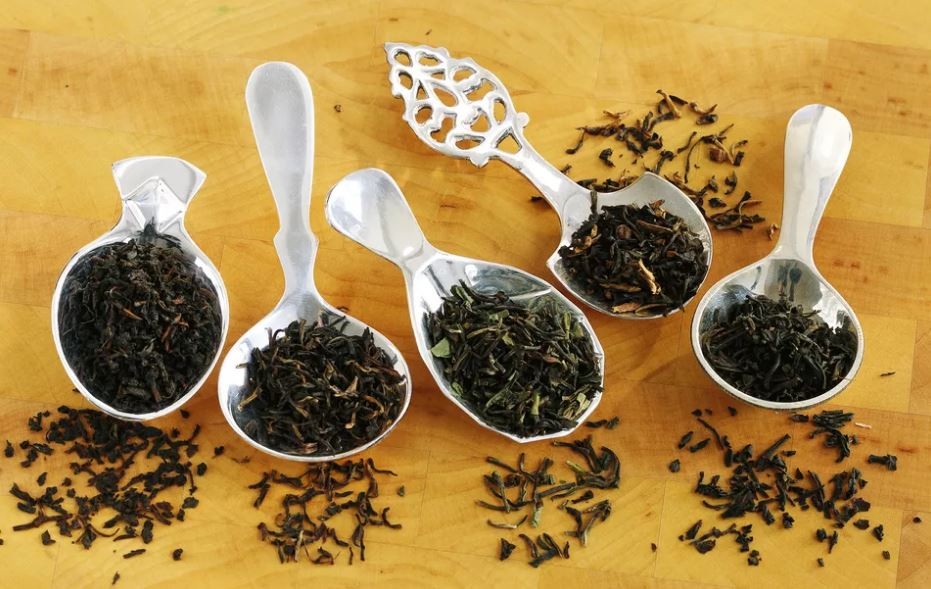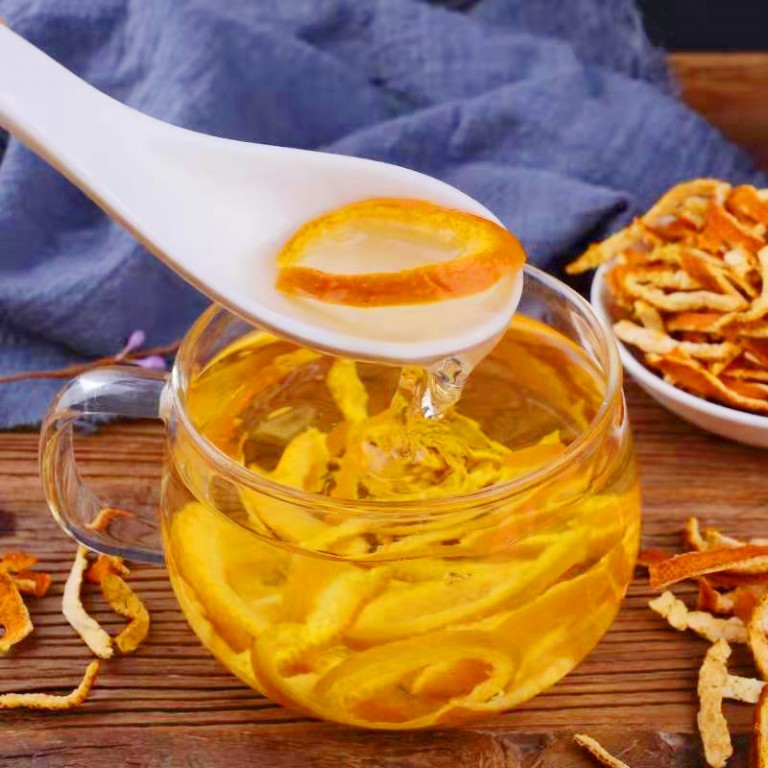O black tea It is the most popular type of tea in the West, likely due to its bold flavor and long shelf life. The category of black tea is diverse, including several popular varieties.
As black tea English breakfast and Siri Lanka tea and coffee and several others. India produces half of the world's tea, representing a large percentage of production. It is enjoyed both hot and cold.
Quick Facts
Origin: China
Temperature: hot or cold
Caffeine: 50-90 mg per cup

What is black tea?
O black tea is a real tea that comes from the Camellia sinensis plant. The leaves fully oxidize before being processed and dried, which turns the leaves dark brown and gives the tea its characteristic flavor profile.
Black teas tend to be strong and fast, and are often described as astringent. Furthermore, discovered in China in the mid-17th century, it was the first type of tea to be introduced to Europe and the Middle East.
Its commercial success in the West led to large-scale production in China. Furthermore, fueled by Scottish and English entrepreneurs and adventurers who stole tea plants and seeds from China.
The production of black tea spread to other countries. Additionally, these early English tea companies used slave laborers in other countries and developed machines to process without the need for manufacturers.
Over time, production spread to India, Sri Lanka and Kenya, and later to Indonesia, Vietnam, Thailand, Rwanda, Brazil and elsewhere.
In China, the black tea It is known as hong cha (or red tea) due to the reddish color of its liquor. In the East, consumption is less common.
Benefits of Black Tea:
O black tea It's really good for you because it contains lots of antioxidants and polyphenols that are associated with a range of health benefits.
Helps in disease prevention
O black tea is rich in catechins, powerful antioxidants that can help prevent heart disease and cancer. Contains complex flavonoids which are polyphenols that help prevent diseases.
Many doctors now recommend taking 600 milligrams of flavonoids per day for a range of health benefits. This way, it will help you treat illnesses in a completely natural way.
Treats gastrointestinal disorders
How the black tea It has more tannin than any other type of tea, it also benefits digestive health. Tannins alleviate gastric and intestinal illnesses, generally aid digestion and decrease intestinal activity (such as diarrhea).
Uses of black tea
O black tea it is used to make hot and iced tea; in the United States, the vast majority are consumed as iced tea. Additionally, some black teas should be drunk with milk and/or sugar.
While others are self-drinking, that is, teas that are better without anything added. Teas traditionally drunk with milk and/or sugar include masala chai, English breakfast, and Assam.
Teas traditionally drunk with lemon and/or sugar include Earl Gray (which is not traditionally consumed with milk), iced Ceylon teas, and Nilgiri black teas. Many of the best teas for breakfast and afternoon tea are black teas.
The bold flavors of black teas make them ideal for pairing with Western cuisine, but black teas can also pair well with some Indian, Thai, and African foods.
How to drink black tea
Of all the types of tea, it is generally the easiest to steep. Use about 1 teaspoon of tea leaves per cup of hot water. The water may be boiling or nearly boiling.
Place the leaves in the boiling water and let the tea leaves steep for 2 to 6 minutes. Furthermore, the timing will depend on your tastes and the type of black tea; Black teas generally taste better with a shorter infusion.
You can use cold water your black tea for 4 to 18 hours in the refrigerator and then strain the leaves. To make ice cream, double the amount of tea leaves, pour the tea as usual and pour the hot tea over the ice.
Caffeine content in black tea
Generally speaking, it contains between 50 to 90 milligrams of caffeine per cup. However, there are many factors that influence caffeine levels in tea that can increase or decrease a given cup of tea. black tea.
Including the variety of tea, the way it is prepared and whether the leaves are whole or broken. Additionally, drinks that include other ingredients like milk and spices will have a lower amount of caffeine than a straight cup.
For example, masala chai will likely have less caffeine than pure Assam tea because it is blended with milk and spices that do not contain caffeine.
Buying and storing
Many different varieties of black tea, including flavored, are readily available and are sold as tea bags or loose leaf. Furthermore, it is one of the most common and best-selling teas in the world.
Boxes of sachets tea can be purchased in major supermarkets, while loose tea bags or leaves are more often found in health food stores, specialty tea stores and online.
Tea should be stored in a cool, dark place, such as a cupboard, drawer or pantry. Also, do not store tea bags or leaves in glass jars, as exposure to light will damage the tea over time and alter the flavor.
Revenues
From an iced mint tea to a hot latte, there are many ways to prepare the black tea. Furthermore, iced teas are among the most popular recipes, as they are easy to prepare and can be enjoyed any day of the year.
Types
There are many types available, and most commercial brands are blends of black teas from different origins. Additionally, popular mixes include English breakfast and Irish breakfast.
Different tea origins produce different flavor profiles due to their unique terroir. Additionally, the flavors of single-origin teas can be broadly described based on their origin.
Assam black tea from India:
From the largest tea-producing region in the world, this tea is strong, malty and lively; ideal when combined with milk and sugar.
Darjeeling black tea from India:
The mountainous region of Darjeeling produces a tea that is delicate, fruity, floral and light. Additionally, the growing season will affect the flavor of the tea. A Darjeeling harvested in the spring will have a much lighter green flavor, while a tea harvested a little later in the year will be sweet and fruity.
Nilgiri black tea from India:
This tea is fragrant and floral, with a subtle sweetness. Furthermore, it has a medium body and mild flavor, making it ideal for preparing iced teas.
Sri Lanka Ceylon Black Tea:
This tea varies by origin, but is generally bold, strong, and rich and sometimes has notes of chocolate or spice.
Keemun black tea from China:
Vineyard, fruity and floral, this tea can also have pine and tobacco aromas depending on the variety. Furthermore, the flavor is mild and smooth.
Yunnan black tea from China:
Grown in the highest altitudes of Yunnan province, this tea evokes the flavors of chocolate and malt, sometimes with hints of spice.
Kenyan black tea from Africa:
This African tea is strong, astringent and dark. Introduced into the family of black tea in the early 1900s, the Kenyan is considered a newcomer.
O black tea it is also used to create blends that are flavored with fruits, flowers, and spices and exhibit a wide range of flavor profiles depending on their ingredients.
Classic mixes of black tea Flavored flavors include Earl Grey, which is flavored with bergamot essential oil or citrus flavor, and masala chai, which is blended with various spices.
In recent years, many tea companies have begun offering blends of black tea more unusual and non-traditional, including flavors such as chocolate or vanilla, wood or smoke.



